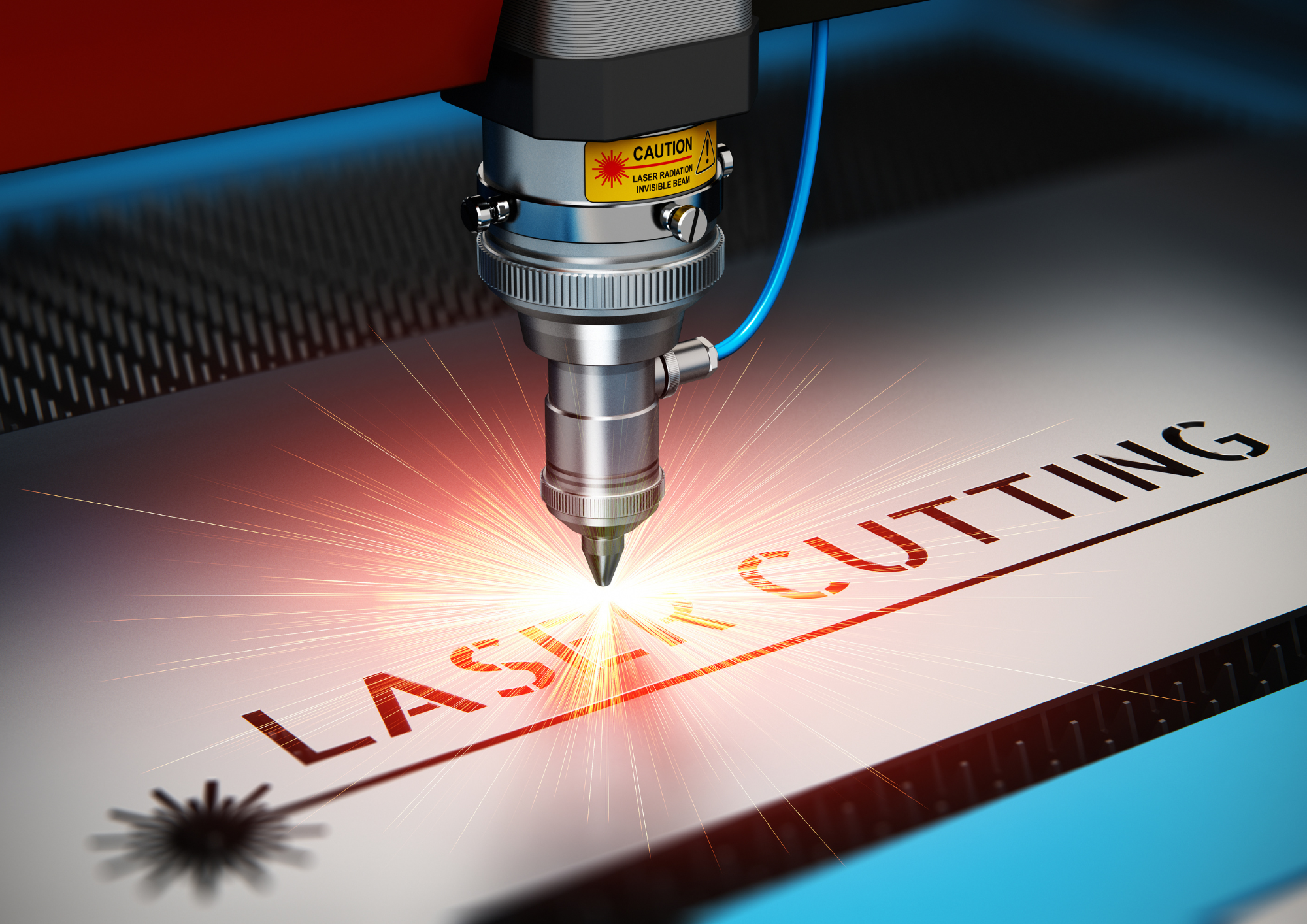Summary of information on the risks to laser workers


Reference: Labor Inspection Organization regulations (provision of information and training of employees) 1984
The safety regulations at work (occupational safety and safety of those dealing with laser radiation) 2005
The main risks
Exposure to non-quantitative radiation: infrared radiation, visible light, ultraviolet radiation, laser radiation, microwave radiation, radio frequencies, and radiation from electromagnetic fields at low and very low frequencies, as a result of working with damaged laboratory equipment and incorrect work habits.
- Damage to the eye resulted from a direct, repeated, and scattered laser beam hit.
- Skin damage and burns from injury from laser radiation.
- Electrocution.
- A fire risks
- Exposure to flammable substances.
- Inhalation of volatile substances.
- Musculoskeletal problems
Physical hazards
As well as radiation from electromagnetic fields at very low or high frequencies. Having damaged laboratory equipment and incorrect work habits may result in exposure to infrared, visible light, ultraviolet, laser, microwave, and radiofrequency radiation
Exposure to infrared radiation, visible light, ultraviolet radiation, laser radiation, microwave radiation, and radio frequencies, radiation from electromagnetic fields at low frequencies and very low frequencies as a result of working with damaged laboratory equipment and incorrect work habits.
Chemical hazards
Exposure to substances that cause respiratory tract irritation, shortness of breath, eye irritation, and skin rashes.
Ergonomic, psychological, and social problems.
Vision problems (eye discomfort syndrome) while working with the computer, caused by increased visual load, prolonged observation of the screen, incorrect viewing angle, poor lighting, glare, a flickering of the image, improper combination of colors, etc.)
Musculoskeletal problems of the limbs result from repeated efforts due to prolonged work with a keyboard, mouse, and similar accessories while working with a computer or a microscope.
Musculoskeletal problems of the back, neck, and shoulders as a result of prolonged action, separate or combined, of factors such as incorrect sitting position, ergonomically unsuitable chair, wrong position of the monitor or lens (especially when they are too high), etc.
Example accident risks
- Eye damage due to exposure to laser radiation,
- Injury from objects falling from shelves on which they are stored.
- Injuries as a result of malfunctions in laboratory equipment and furniture details in crowded laboratory rooms.
- Burns due to contact with hot surfaces.
- "Chemical burns as a result of accidental exposure (spill, splash, leak,...) to chemical liquids.
- Electrocution or electrocution as a result of damaged, short-circuited electrical systems, improper use of electro-mechanical equipment, or due to contact with "live" electrical wires
- Fire as a result of surface heating
Contraceptive measures are mandatory
- You must receive laser safety training from a laser safety supervisor.
- It must be ensured that everyone in the laser risk area wears laser protective glasses compatible with the laser data; if in doubt, stop and consult the safety officer.
- Work in laser rooms will be with the door closed and the lamp on.
- Do not direct a laser beam toward the poor at any level of risk.
- While working with a laser, jewelry and shiny metallic objects must be removed.
- Wear closed shoes
- It is necessary to observe the safety rules when working with hazardous materials; You should review the safety sheets and consult with a safety supervisor/trustee, or with the safety institute's information center, regarding specific chemicals and their compatibility with the laser.
- Any electrical work will be performed by a licensed electrician only.
- Glassware with and without hazardous materials in the room must be protected and placed in a cabinet. Never work with the laser when the glassware is out of the cabinet.
- The equipment of the workstation must be checked and adjusted: height and angle of inclination of the monitor; The height of the chair seat (install the computer workstation according to ergonomic considerations, and in accordance with the height and personal characteristics and the backrest, etc.
- Frequent "rest and exercise" breaks should be taken for eyes, hands, and other busy limbs, and the work position should be changed frequently (for example, from sitting prone to standing, and vice versa)
Our company wishes you fruitful and successful work,
Remember:
If in doubt, stop and ask.
Good luck.